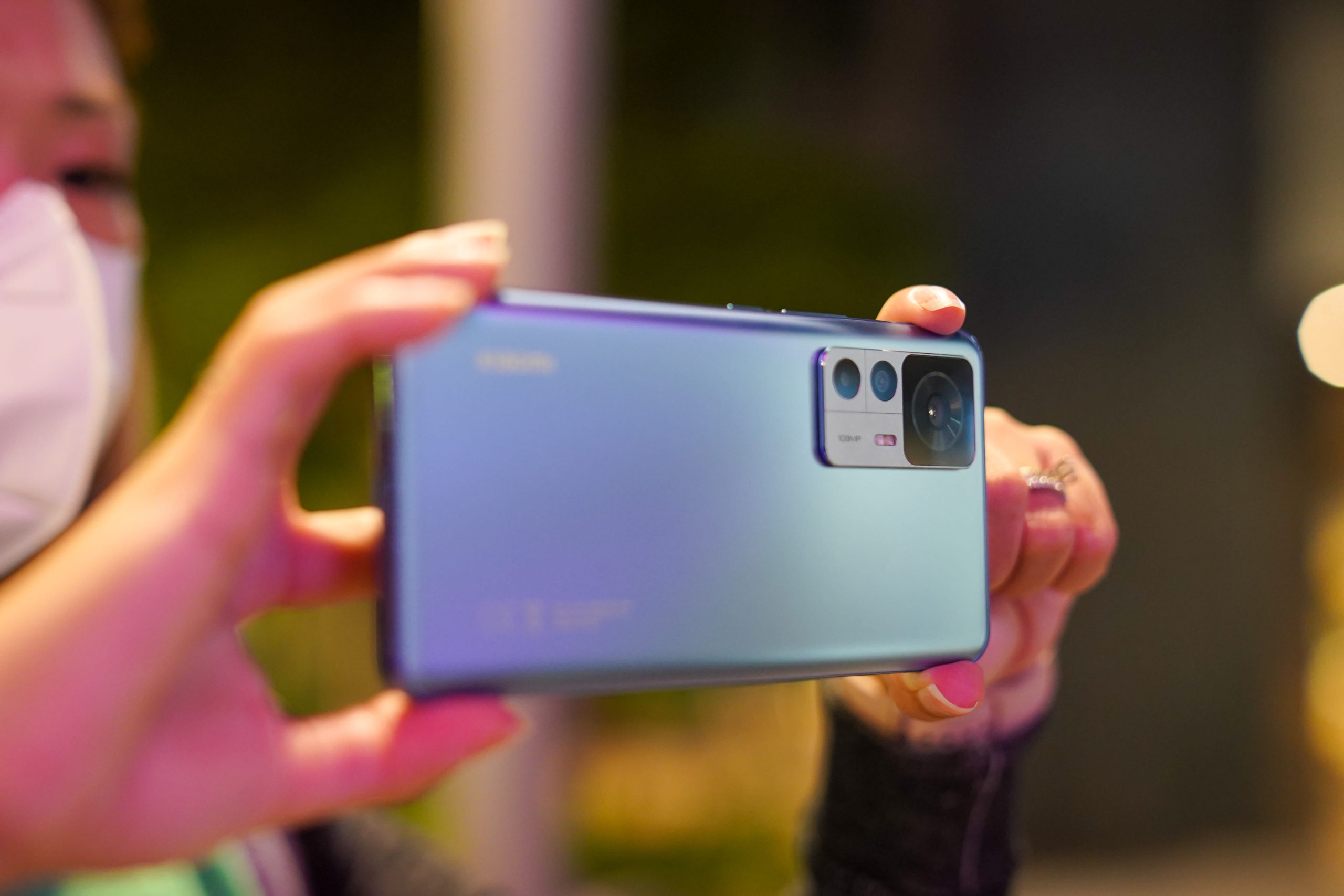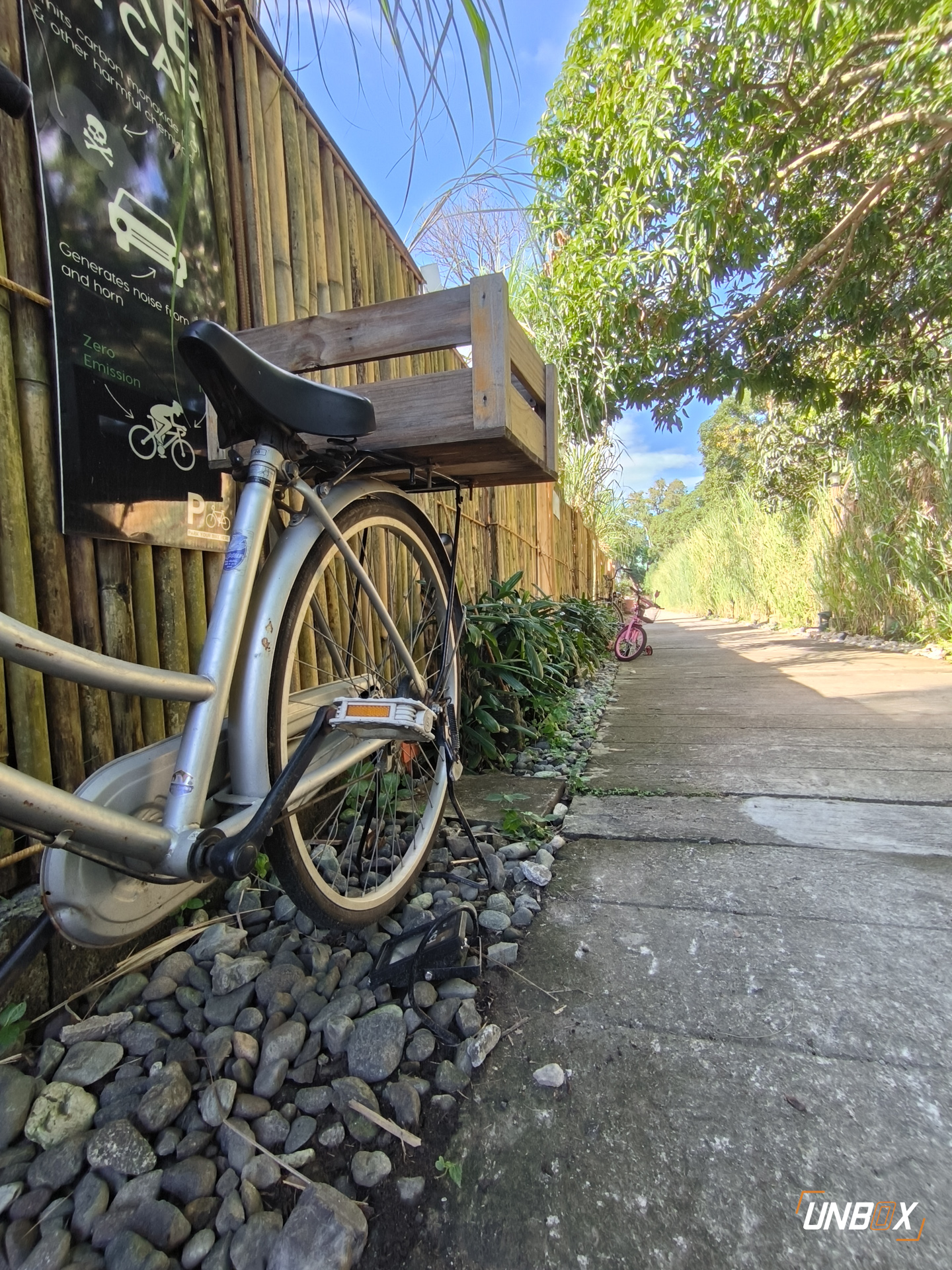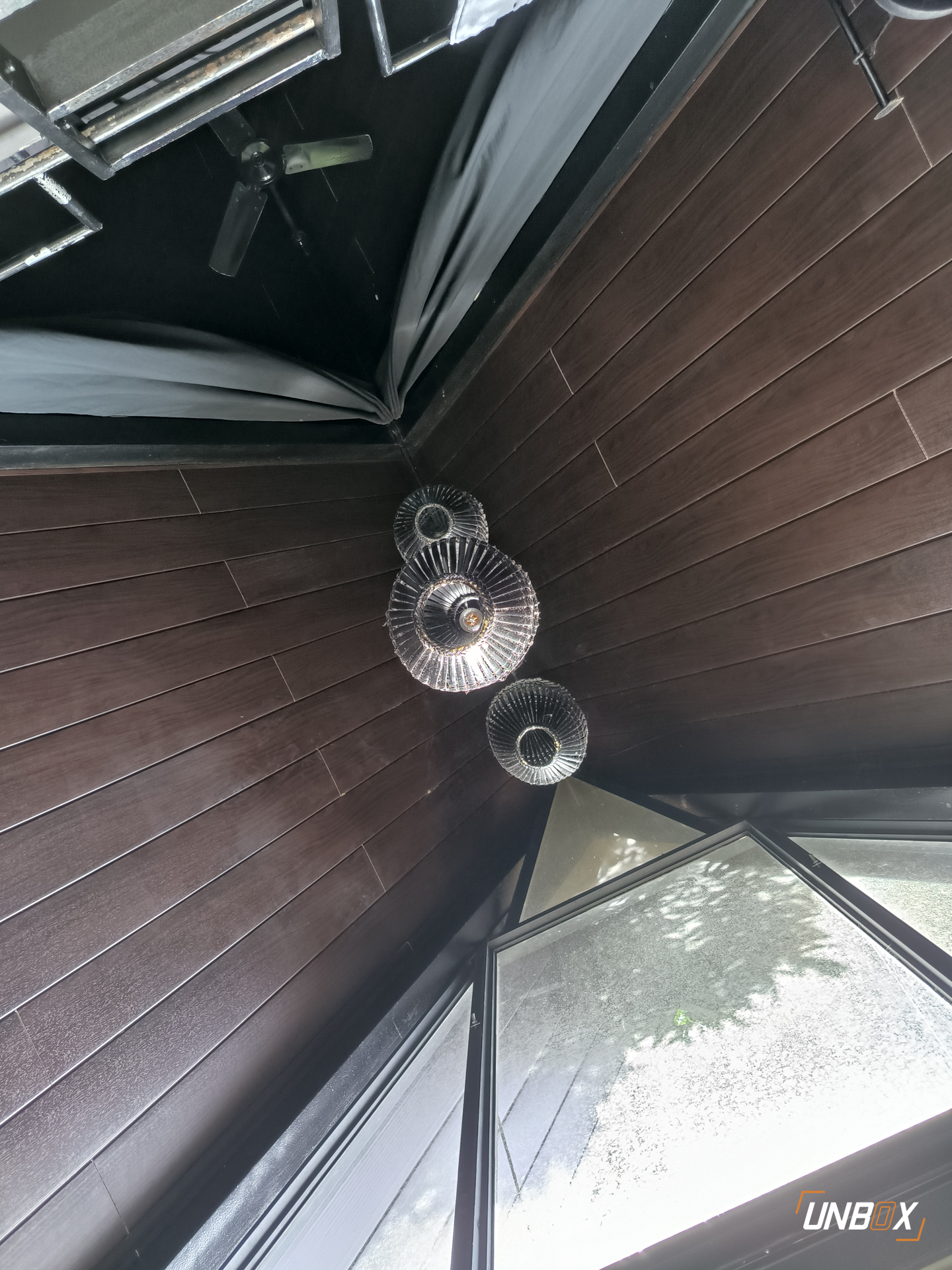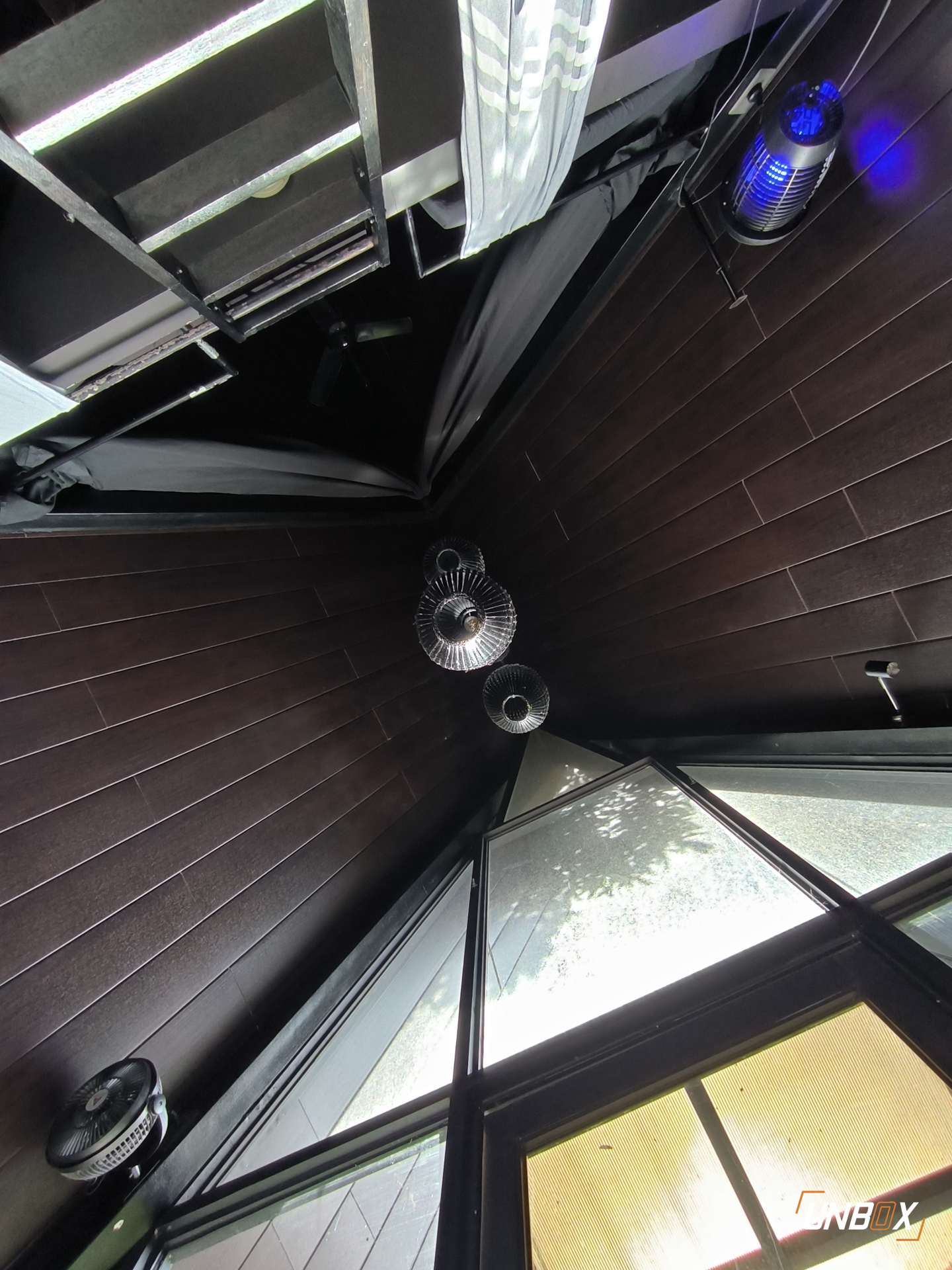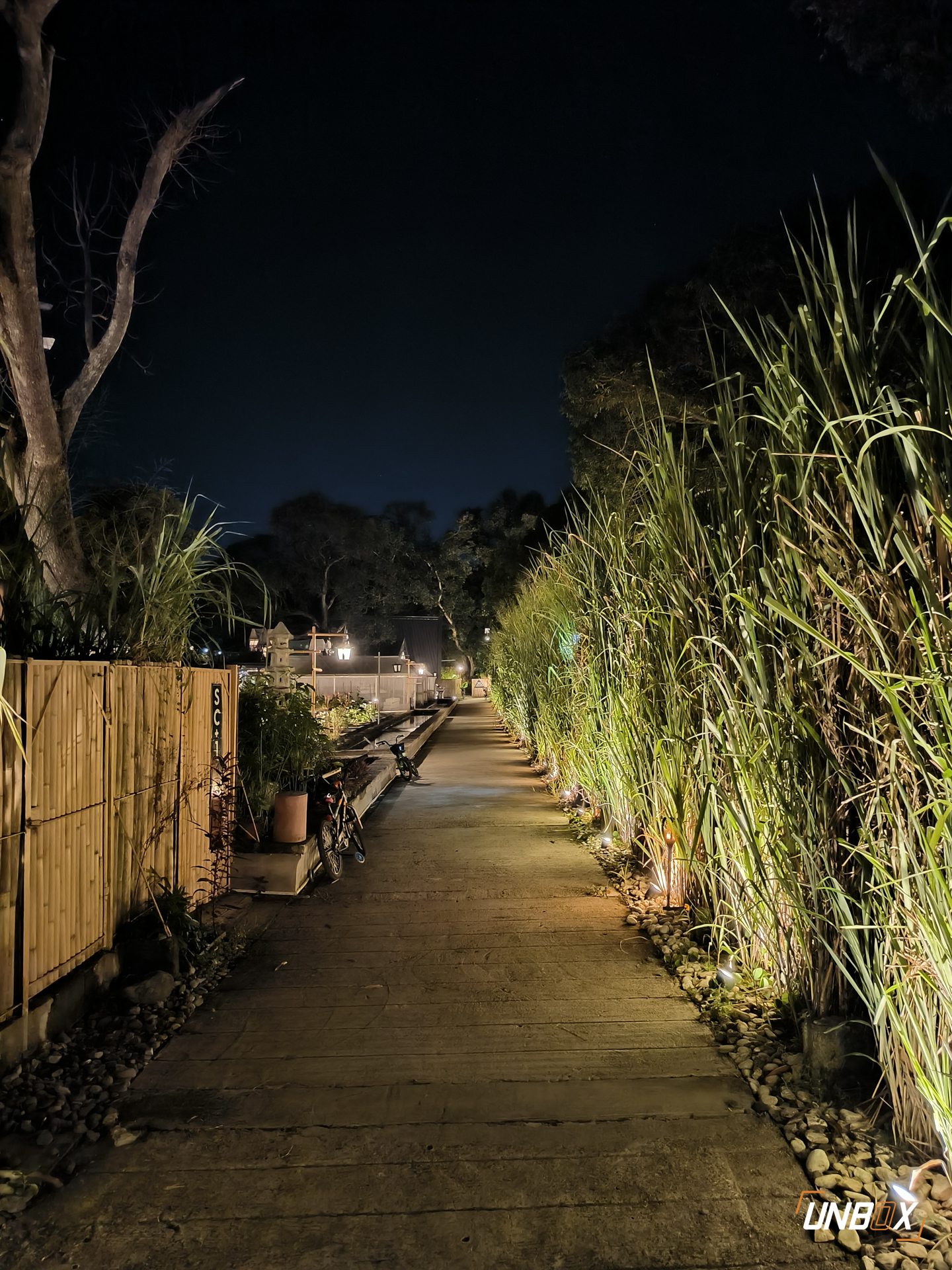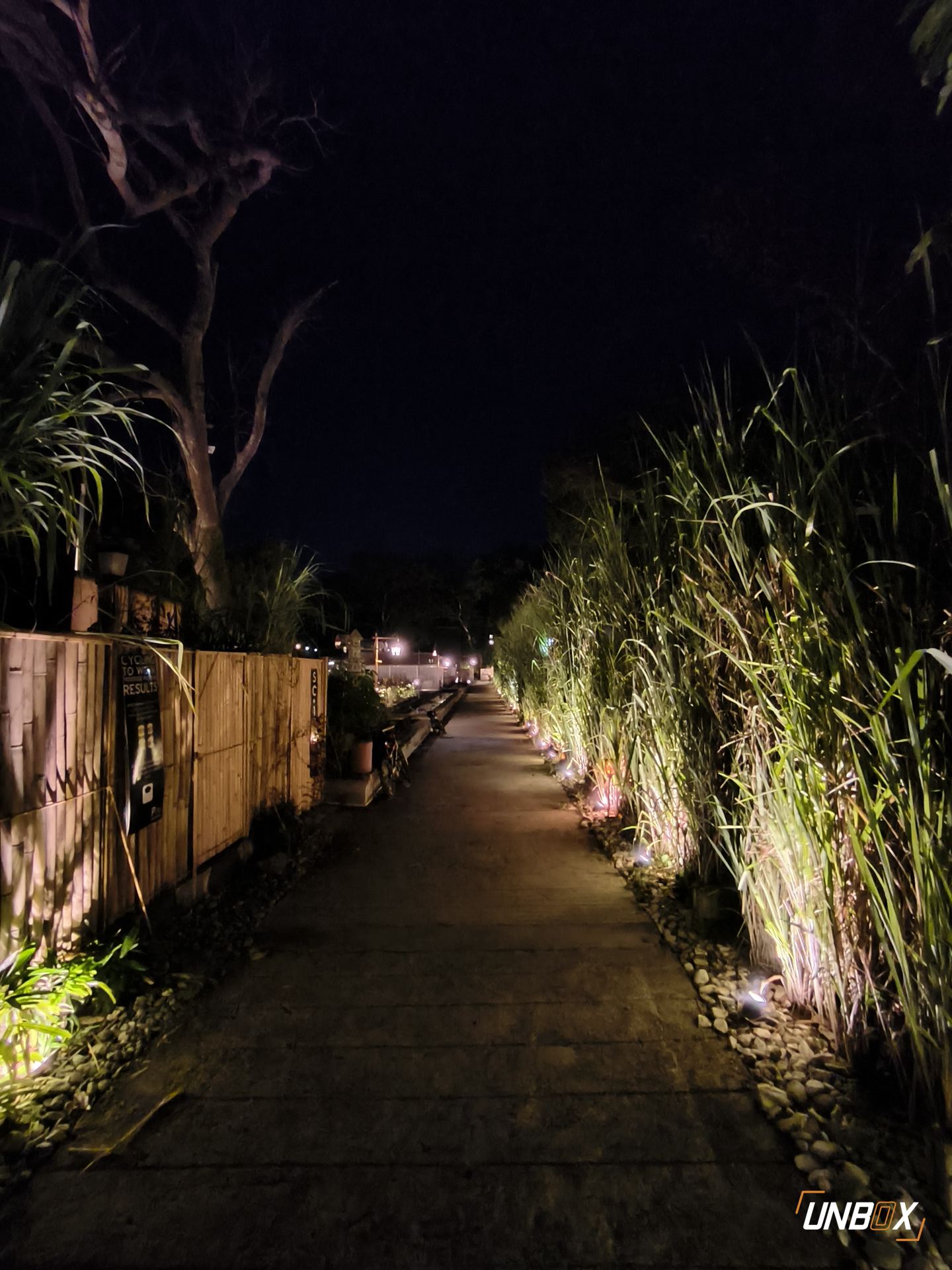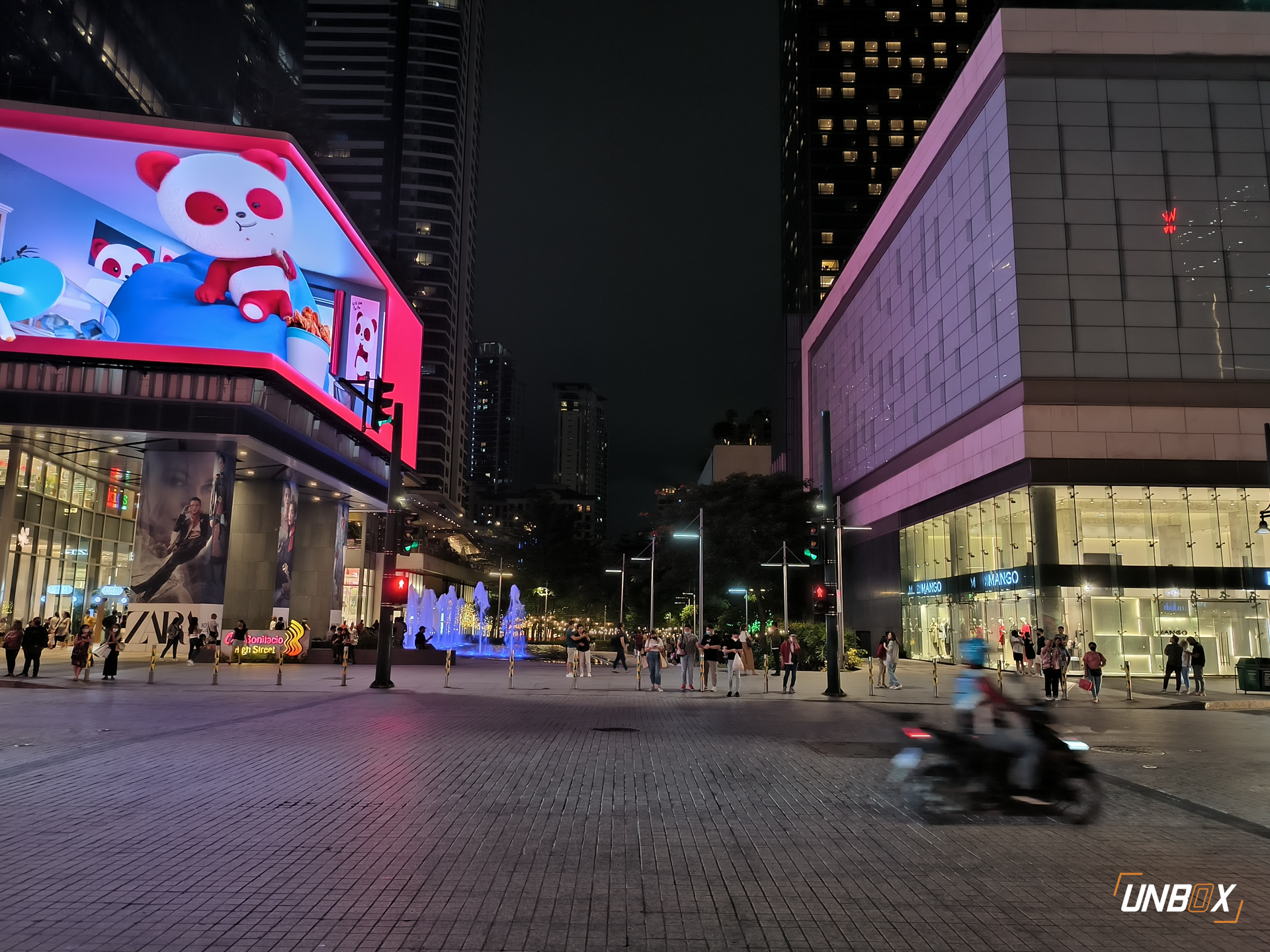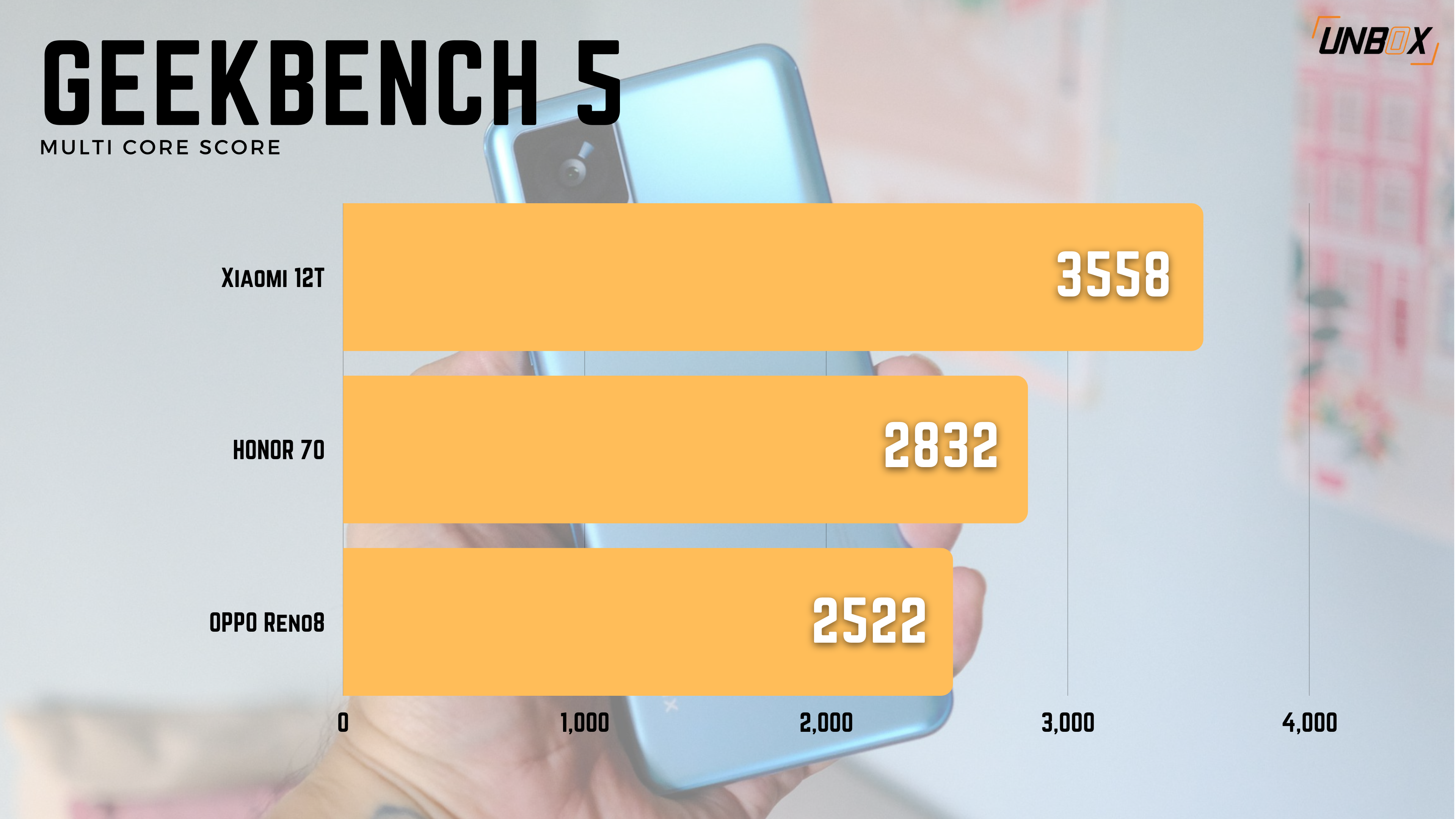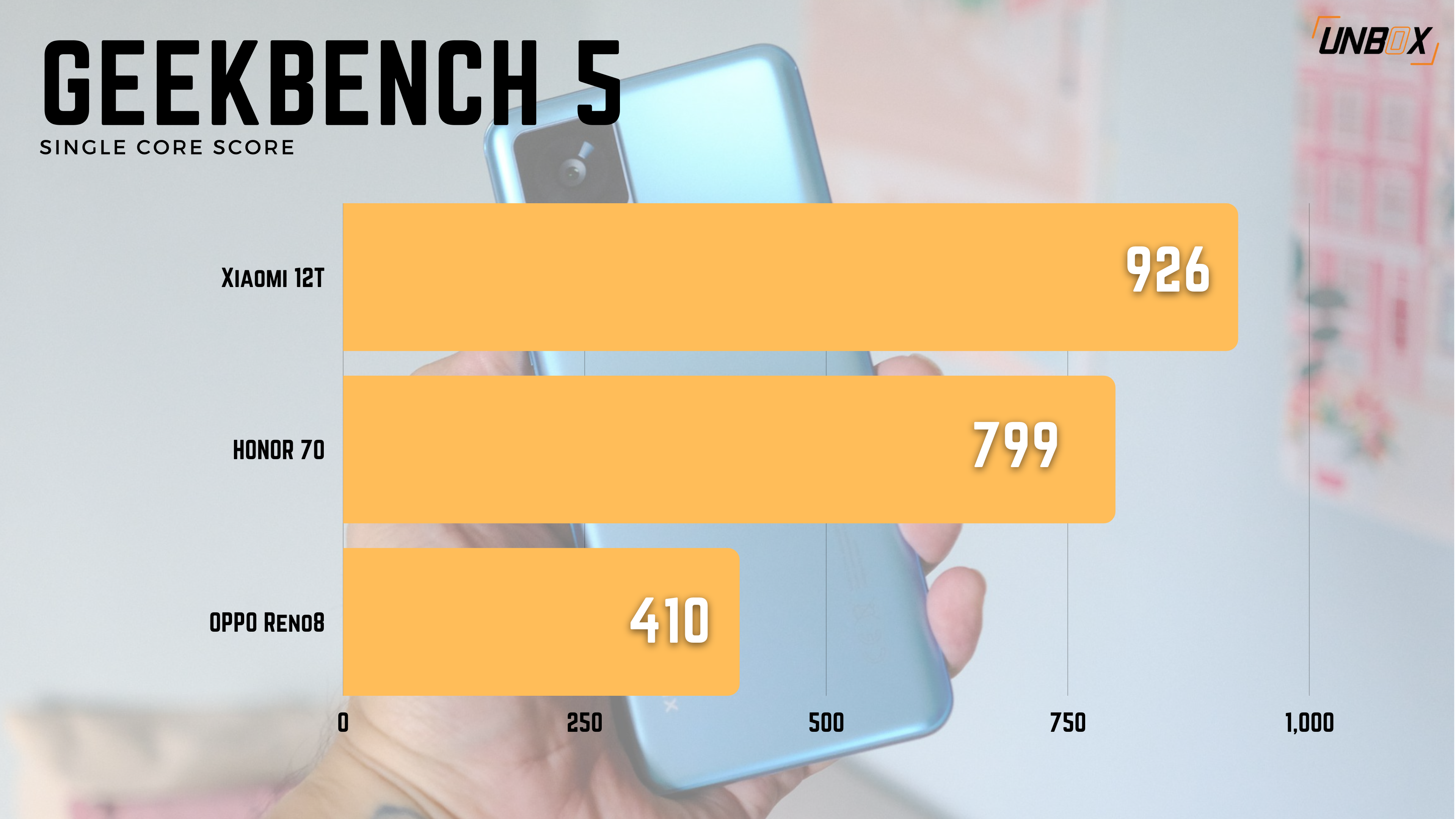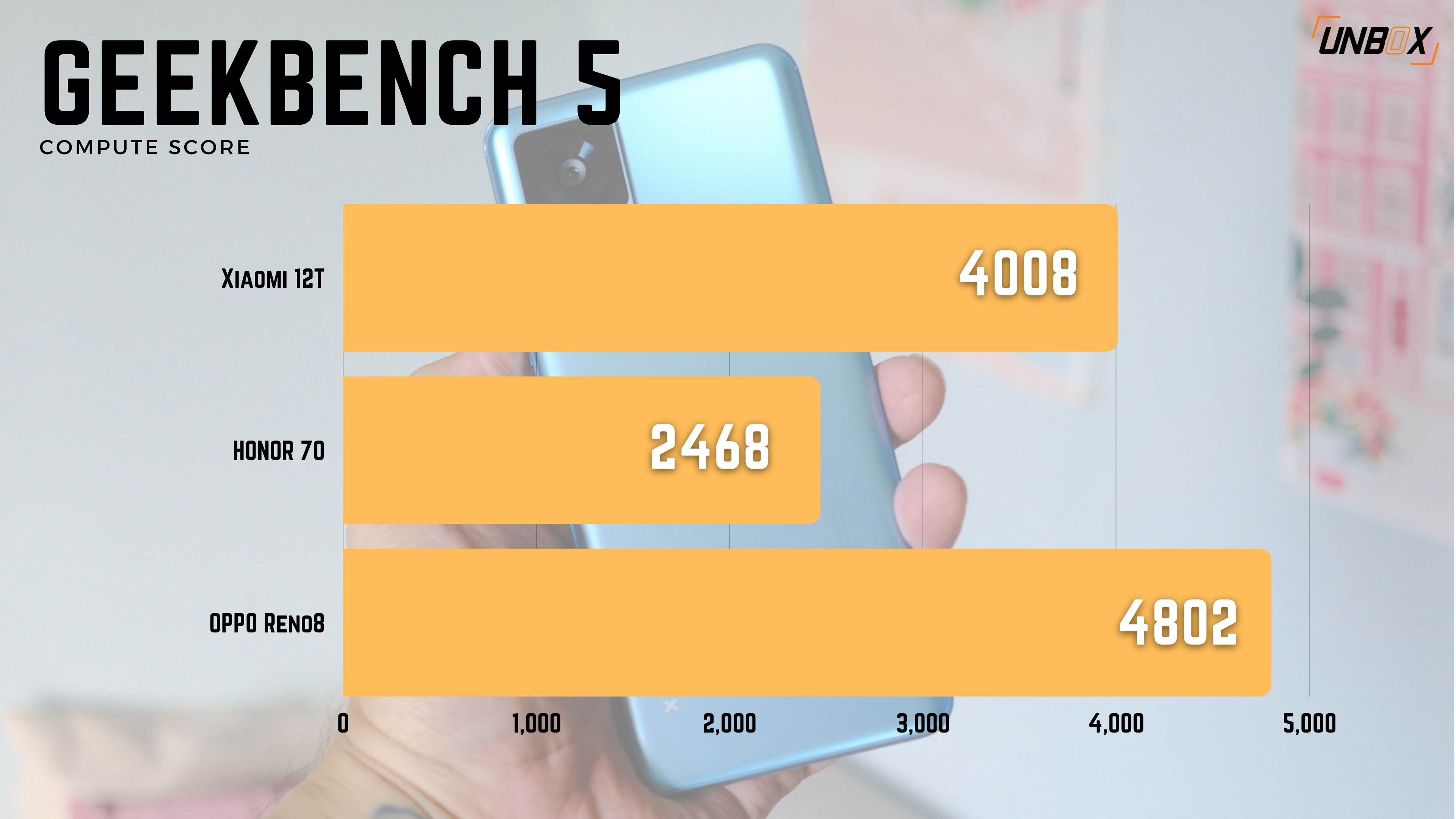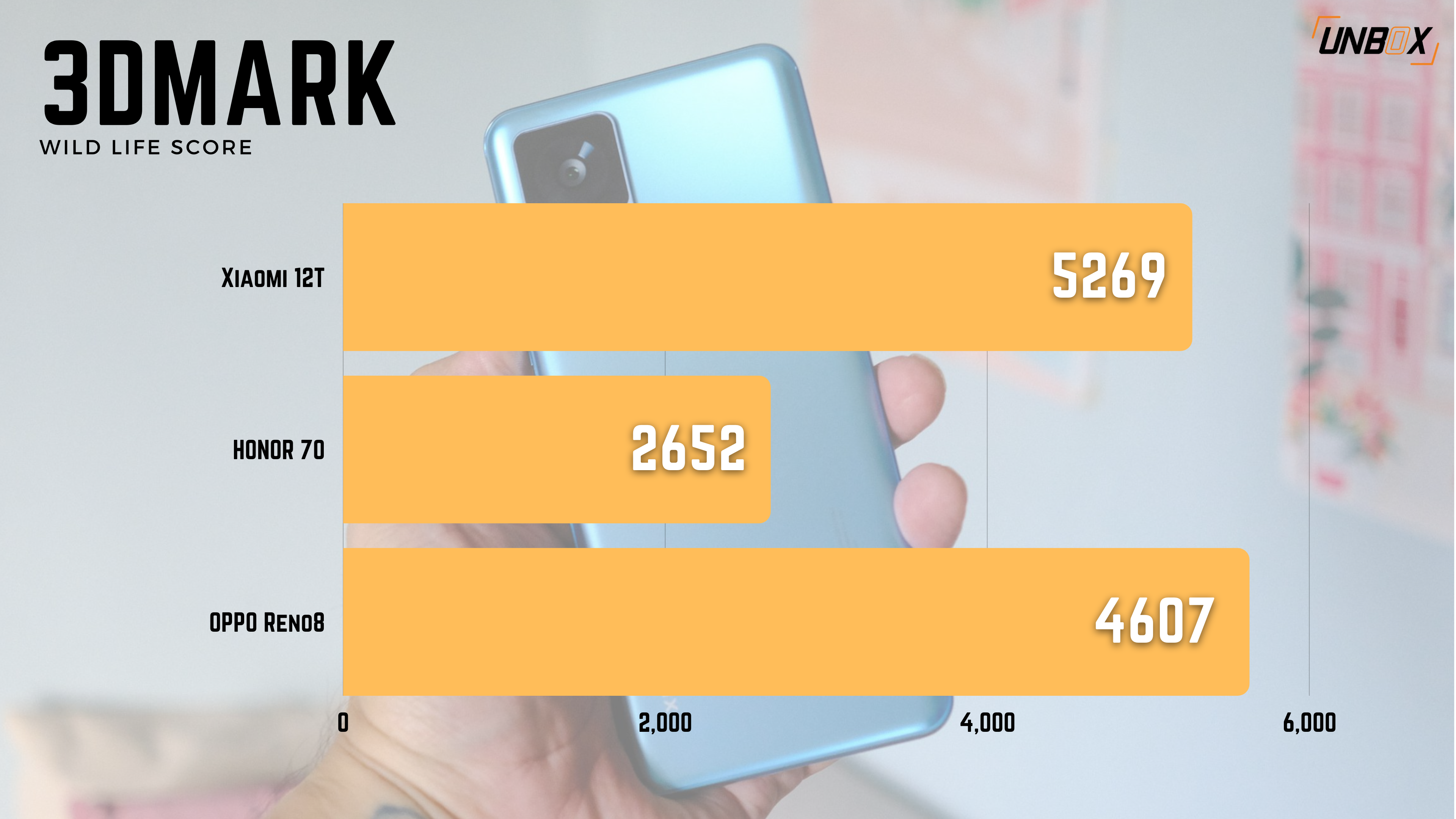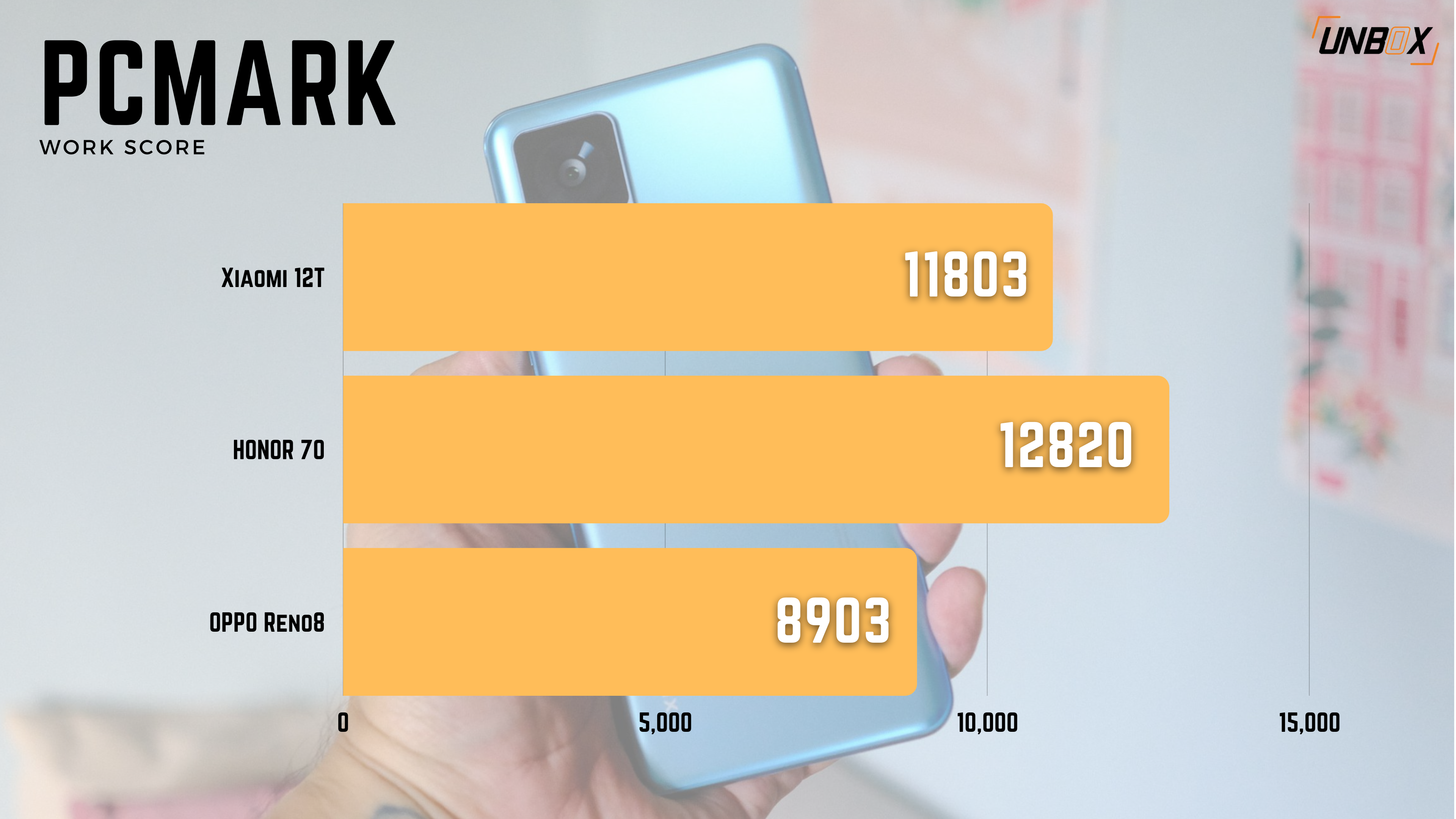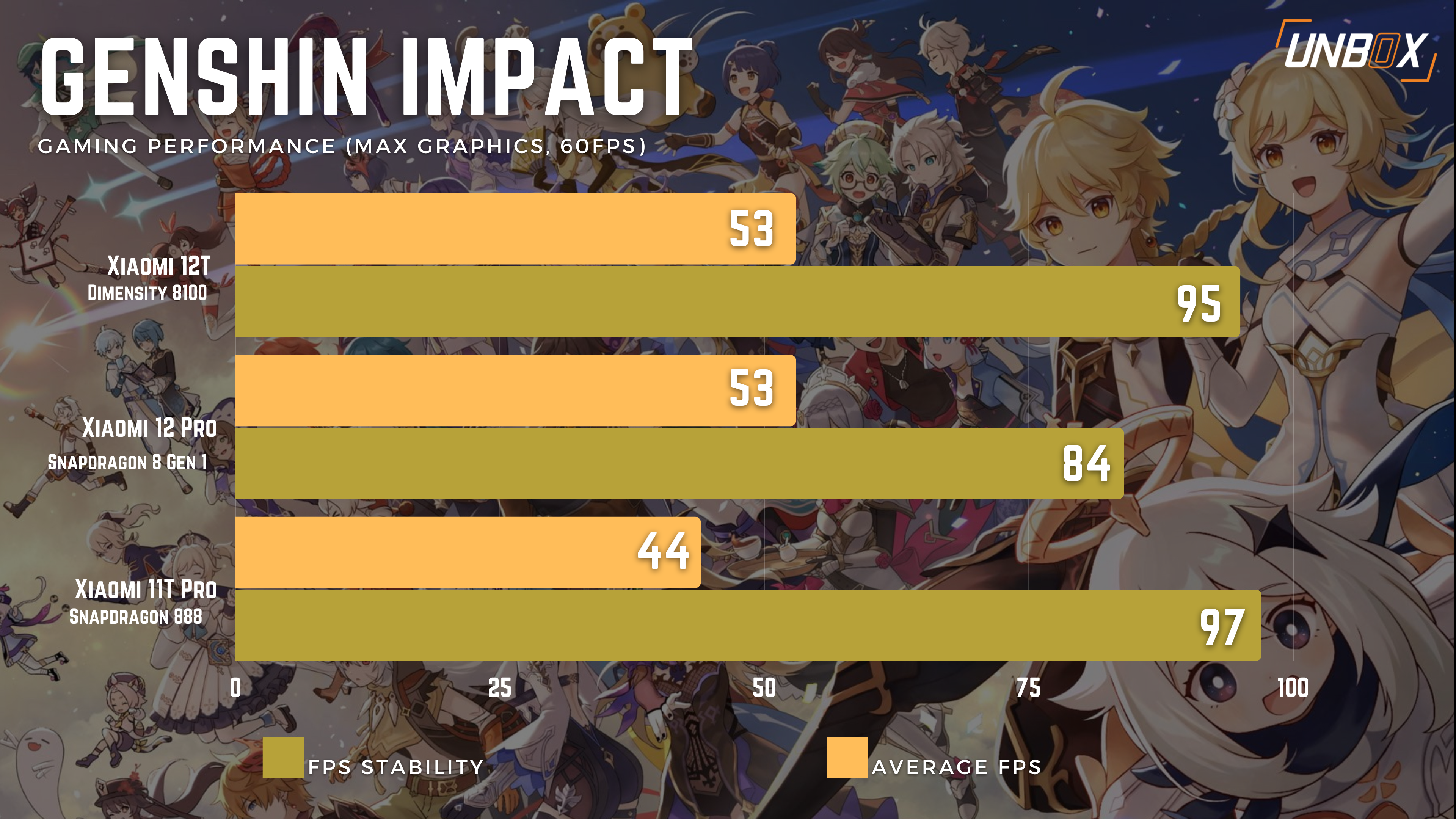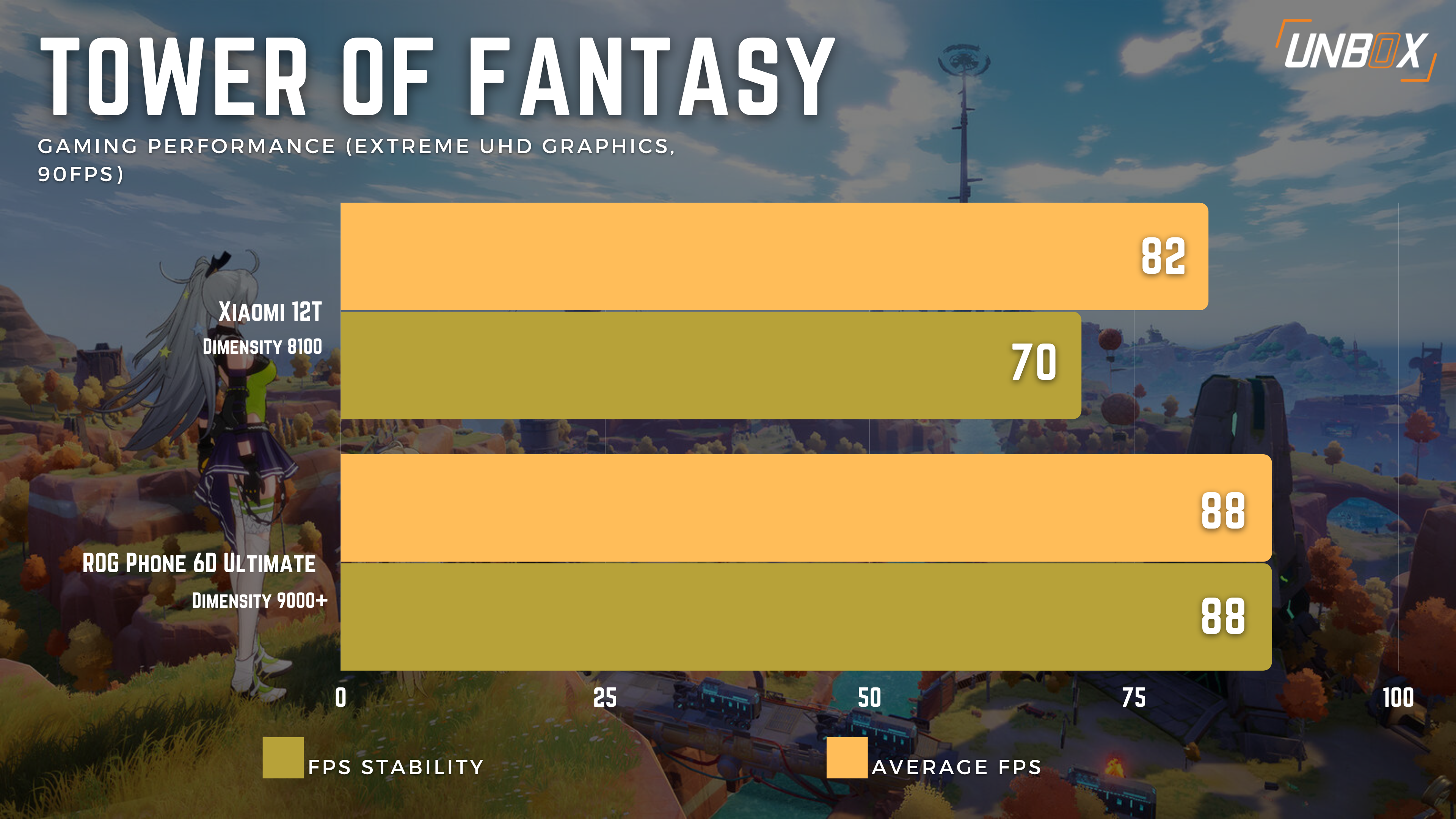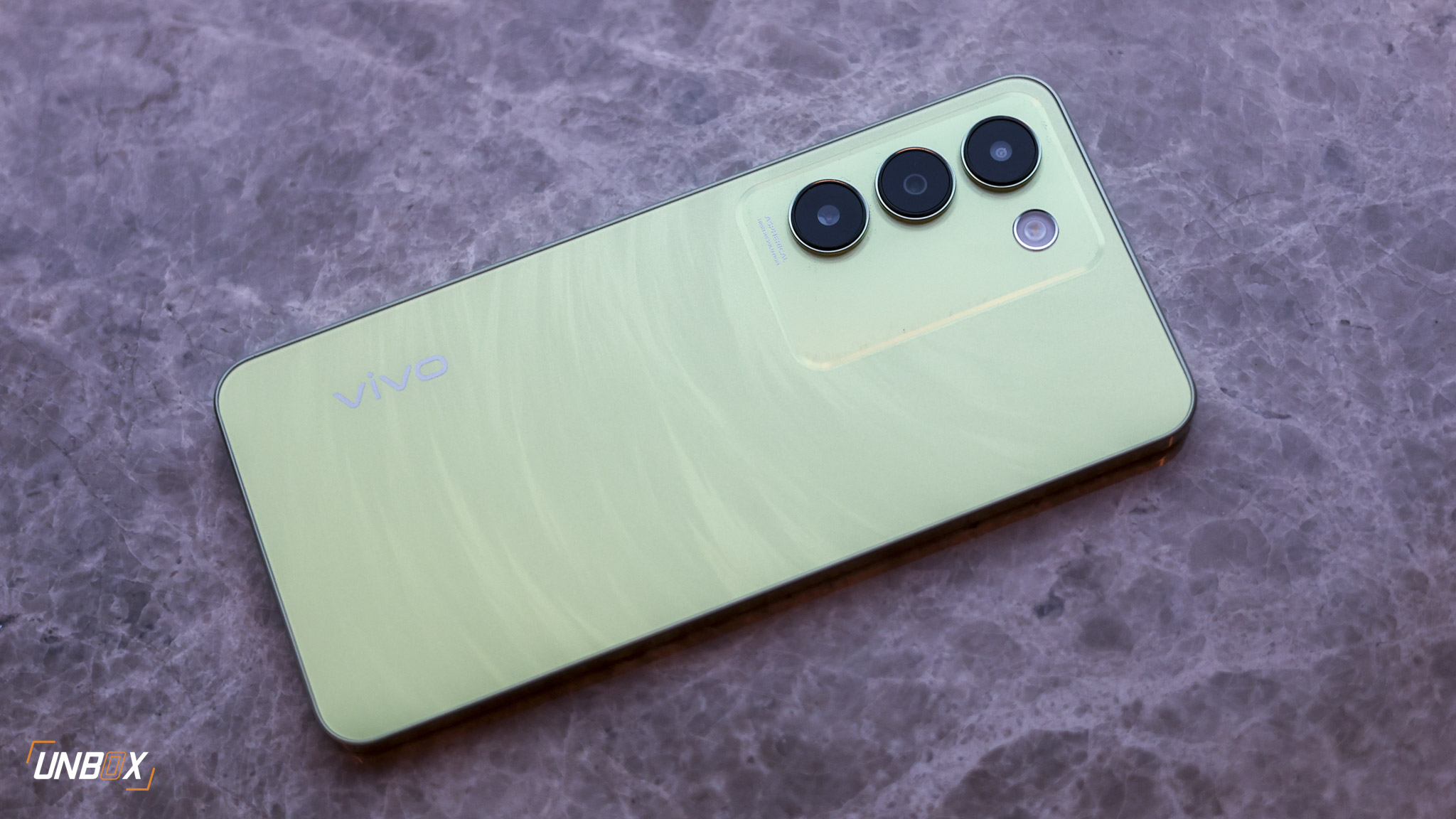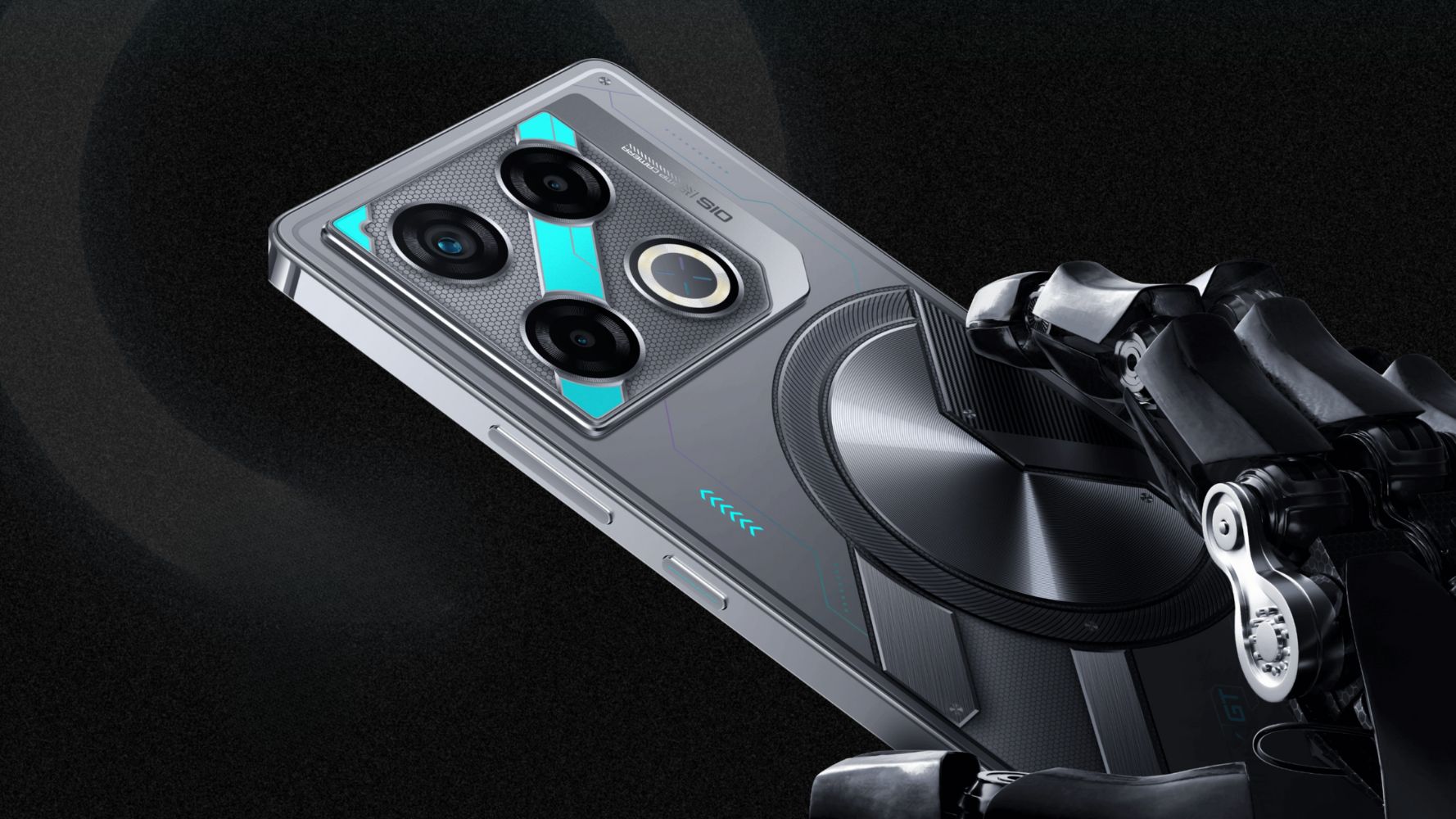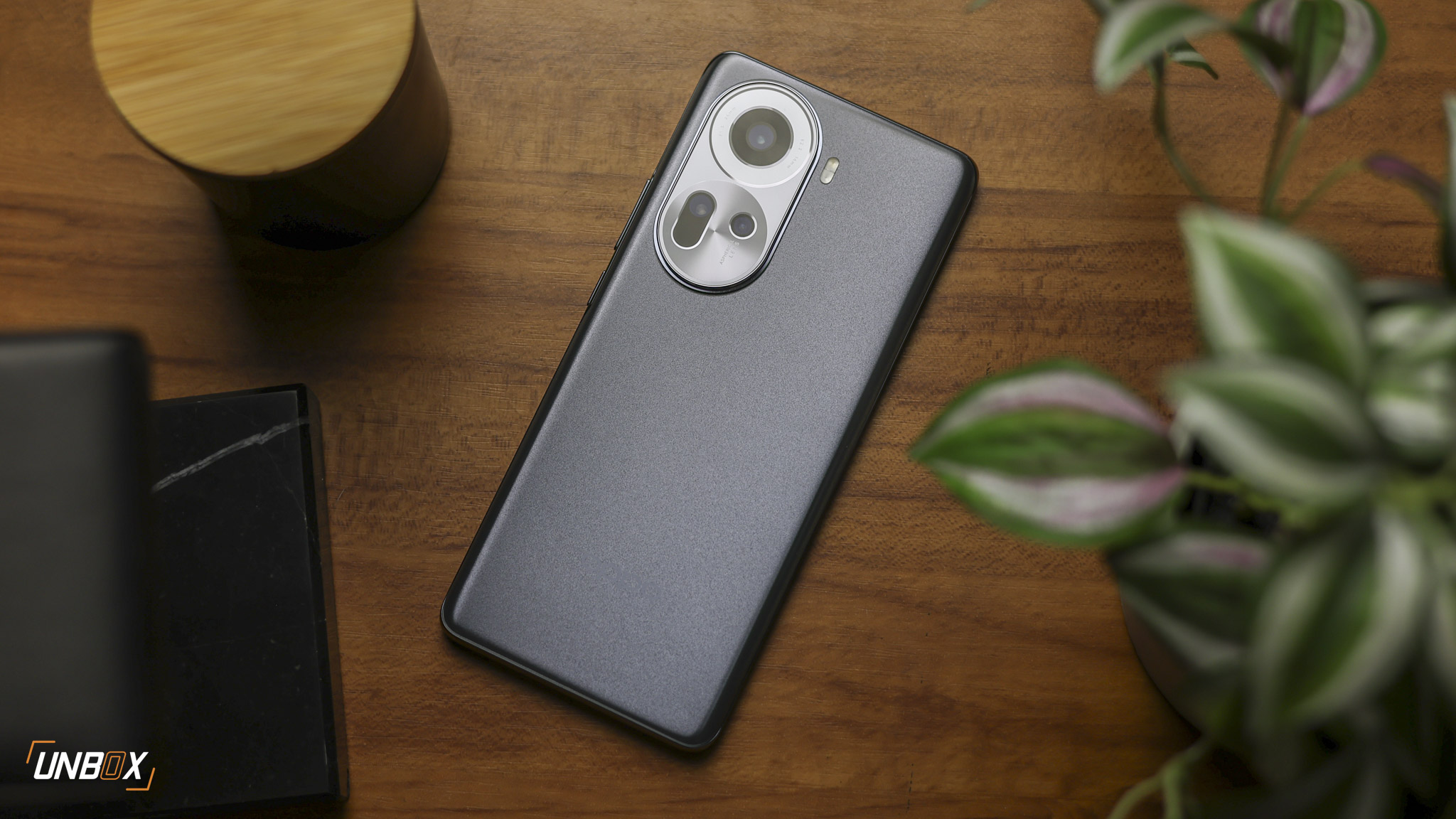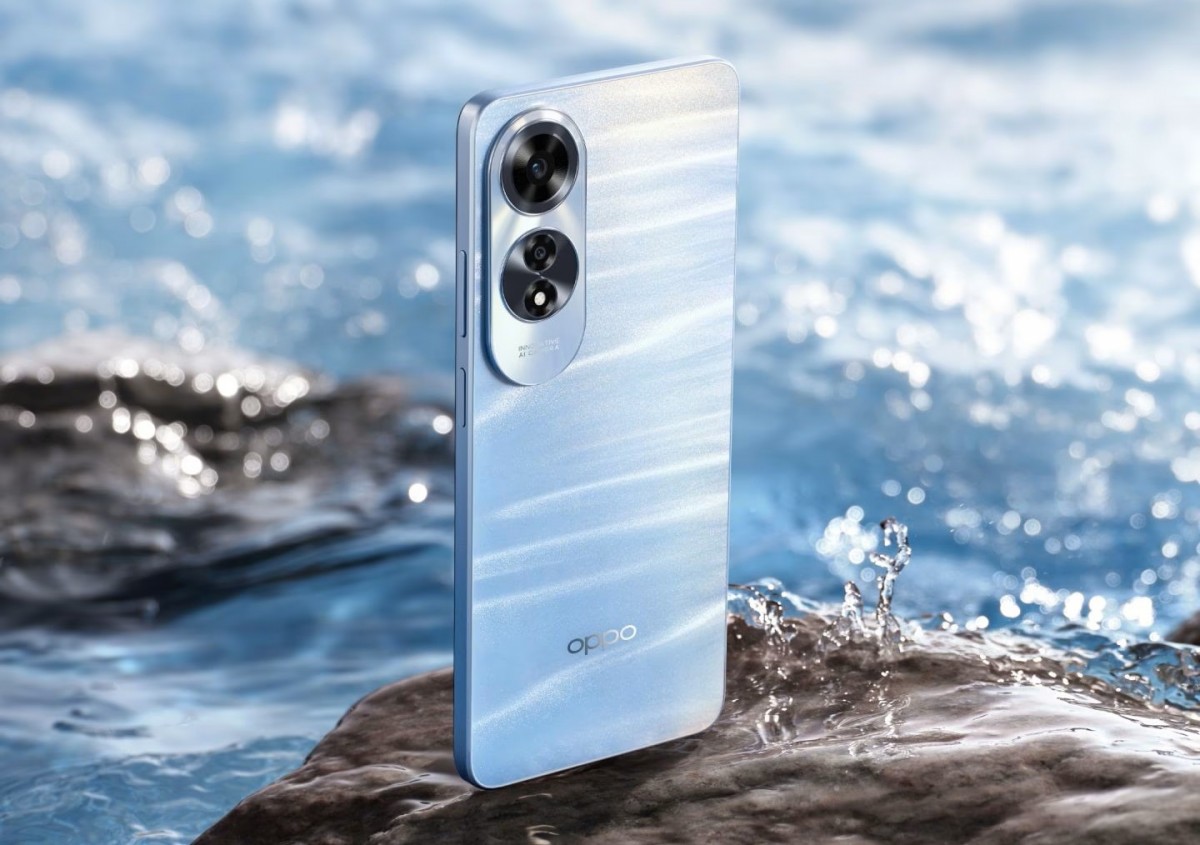Review verdict: Despite the downgrade when it comes to its overall build, the Xiaomi 12T is a great deal for under Php 30k in the Philippines. Aside from having one of the best flat displays at its price, there’s no question about the stellar performance that the Dimensity 8100 has to offer.
Pros
- One of the best displays for its price
- Proven performance of the Dimensity 8100
Cons
- Plastic frame
- Uninstallable bloatware
Xiaomi 12T Review Philippines Specs:
- Dimensity 8100 processor
- 8GB LPDDR5 RAM
- 256GB UFS 3.1 storage
- 6.67-inch AMOLED display, 120hz refresh rate, 1220p resolution, 480hz touch sampling rate, support for HDR10+ and DCI-P3, 12-bit color
- 108-megapixel f/1.8 ISOCELL HM6 main camera with PDAF and OIS, 8-megapixel f/2.2 ultra-wide-angle camera, 2-megapixel f/2.4 macro camera
- 20-megapixel IMX596 selfie camera
- 4G, 5G
- WiFi 6E, Bluetooth 5.1, NFC, in-display fingerprint scanner
- Stereo speakers, Dolby Atmos
- 5000mAh battery
- 120w fast charging
- Android 12, MIUI 13
The Xiaomi 12T series wraps up the 12 series for 2022, and we got our hands on the vanilla model. We’ve used the Xiaomi 12T for a week to give you our thoughts on whether it is worth considering, given that it is a few thousand Pesos more expensive than last year’s 11T at launch.
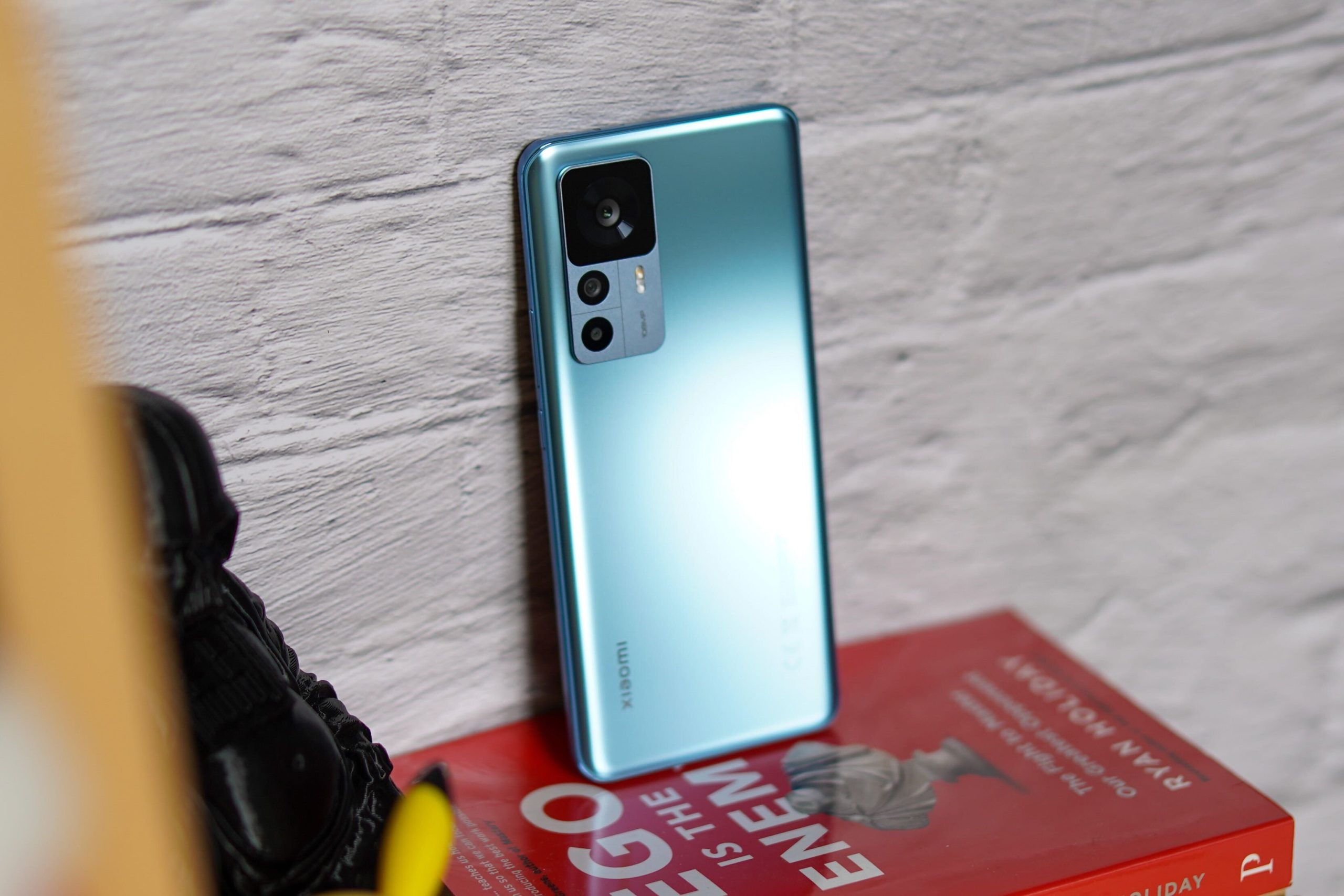
Design
As we pointed out on our quick review, the biggest downside of the Xiaomi 12T is the fact that you’re getting a plastic frame instead of aluminum like the 11T. While you’ll not notice it if you put both phones side-by-side, it becomes evident when you compare their weight. Despite the downgraded frame, the Xiaomi 12T has a solid build and we didn’t notice any creaks to the body.
While we would consider this as a big con, the reality is that a number of phones at the under Php 30k and under Php 40k range are shifting to polycarbonate due to increasing costs and global supply shortage caused by the pandemic. At the very least, Xiaomi maintained the use of a matte finish on the 12T’s glass back panel.
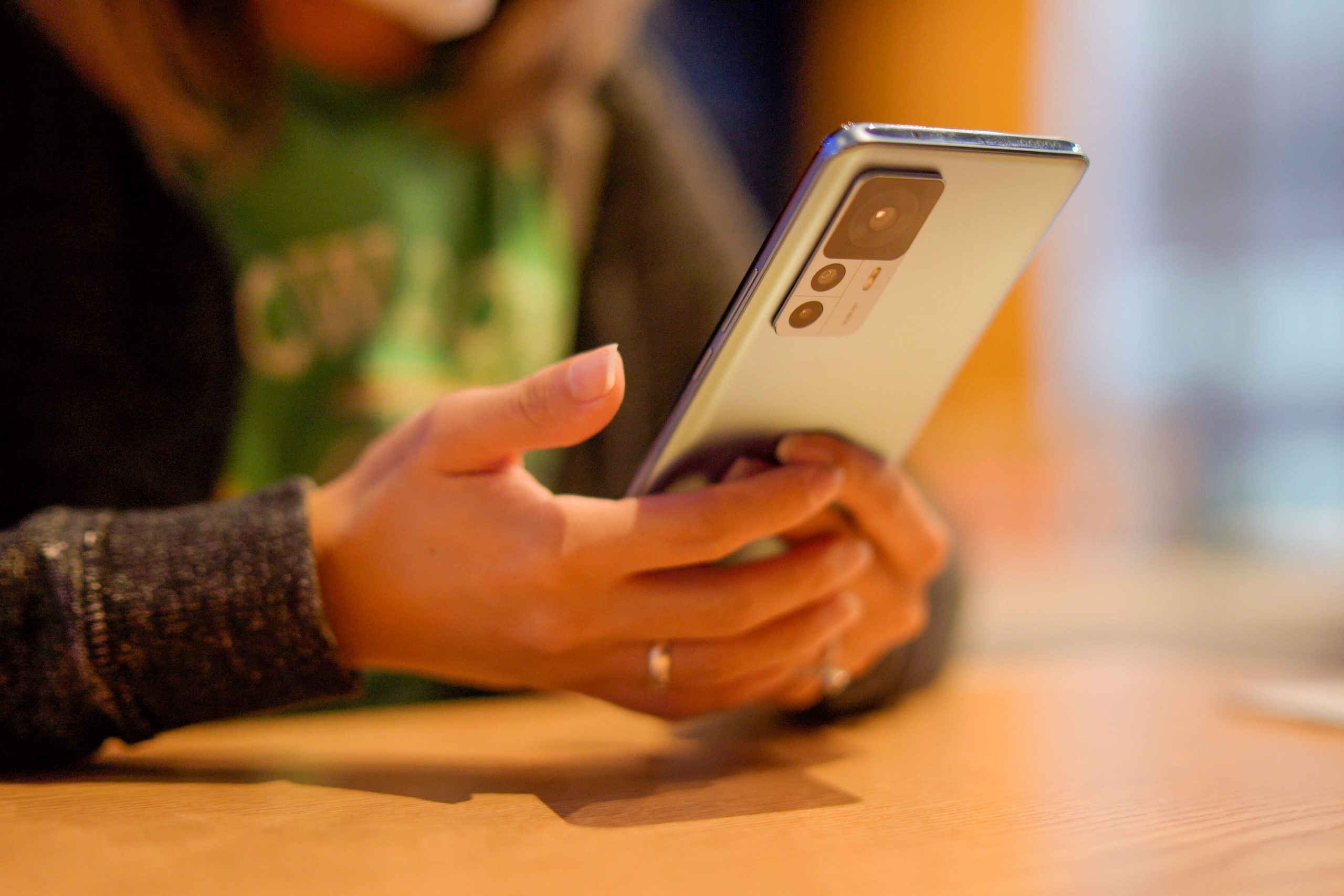
The Xiaomi 12T’s camera module design is similar to other models under the 12 series, but the 108-megapixel main camera is prominently huge. We do find it unusual that the 12T’s camera module is bigger than that of the 11T series–despite downgrading the 5-megapixel telemacro camera to a near-useless 2-megapixel macro shooter and that th main camera sensor of the 12T is smaller than the one used on the 11T.
Going to the button and port layout, the 12T is no different from the 11T, but the power button does not double as a fingerprint scanner since it’s now relocated to the display.
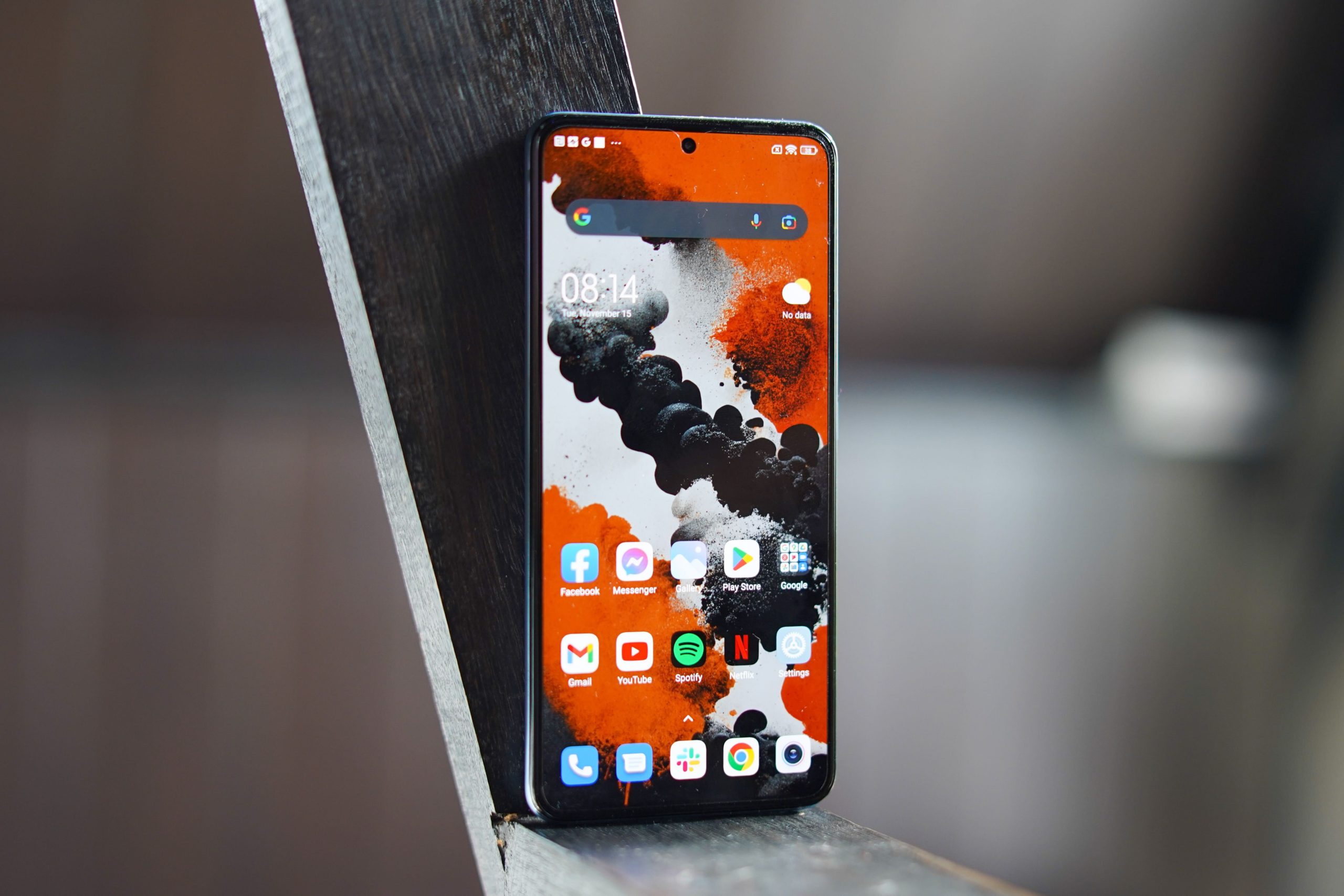
Display and speakers
While the overall build of the 12T felt a bit downgraded, it makes up for it in the display department. Despite having the same 6.67-inch size as the 11T, along with being a 120hz AMOLED panel, you are getting a higher resolution and wider color support on the 12T. Those two aspects alone are enough for us to notice that the 12T’s AMOLED display is sharper and more vibrant than the one used on the 11T.

Aside from supporting Widevine L1, the 12T’s display also supports HDR10 as well so that you can enjoy that wider color range with the videos you are watching. Upgraded display aside, the Xiaomi 12T retains the great stereo speakers of its predecessor, making it a great device for entertainment.
.
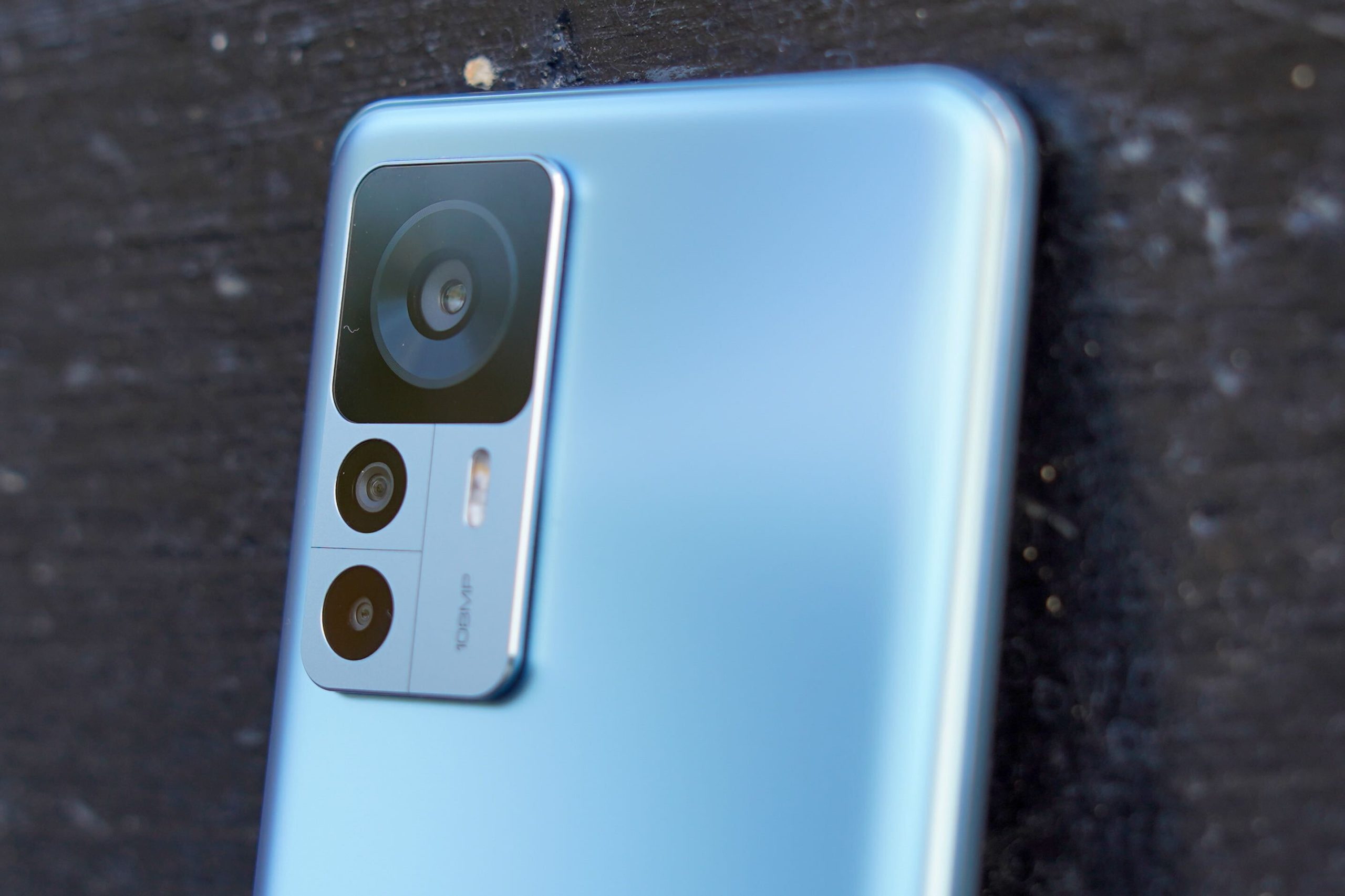
Cameras
We’ve talked about all the differences between the camera setup of the Xiaomi 12T and the 11T, and while the former uses a slightly smaller main camera sensor, the performance is roughly the same as the latter. However, given that it is more expensive, we wished that 1) Xiaomi equipped with 12T with a newer and higher-resolution ultra-wide-angle camera, and 2) they could have just completely ignored the 2-megapixel macro camera and instead place something more useful–like, perhaps, a 2x telephoto camera.
Looking at the photos we took with the Xiaomi 12T, they are generally decent–but are more fitting as mid-range level than flagship caliber. Colors are consistent between the main and ultra-wide-angle camera, but the latter’s low imaging resolution is noticeable especially when you pixel peep the photos.
With low-light shooting, we get to appreciate the addition of OIS on the main camera, as it definitely helped make the photos more detailed compared to the Xiaomi 11T before which depended on just EIS.
OIS proved to be very useful especially with shooting video at 4K (up to 60FPS). Combined with a high-resolution sensor, it’s easy to shoot videos handheld with the Xiaomi 12T and still get a stable clip like the sample footage we shot above.
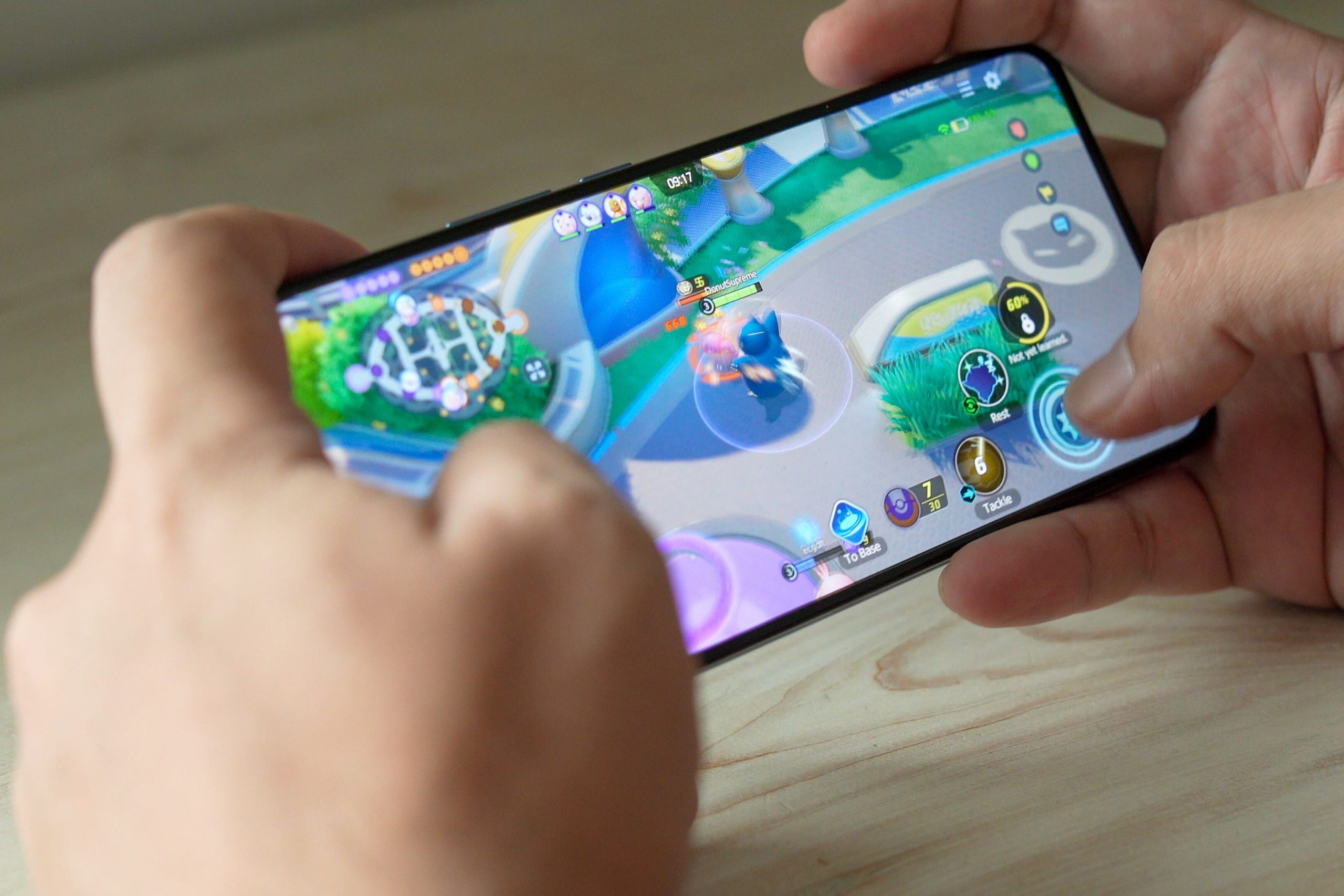
Internals and battery
The Xiaomi 12T rocks a Dimensity 8100 processor, and only the 8GB/256GB will be made available in the Philippines. Compared to the Dimensity 1200 used on the 11T, you’re getting a significant performance upgrade with the Dimensity 8100 used on the 12T.
We think that this is the best upper mid-range chip in the market right now, as the Dimensity 8100 can go head-to-head against flagship processors like Qualcomm’s Snapdragon 888 and 8 Gen 1–especially when it comes to gaming.
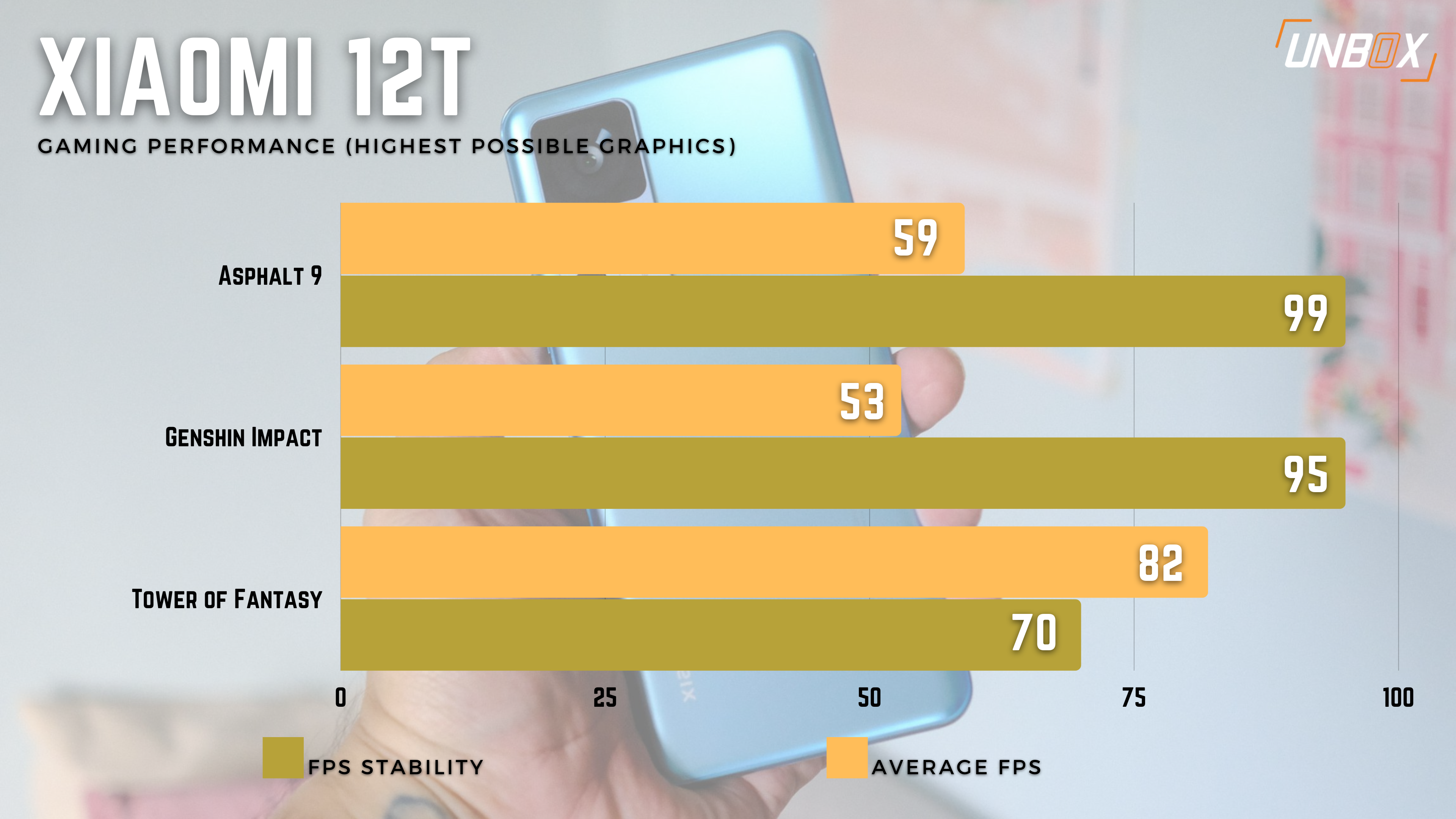
The Dimensity 8100 is great for games, as proven by our findings with GameBench. With Genshin Impact, we were able to comfortably play the game at 53FPS with excellent 95% stability and way better thermals than the Snapdragon 8 Gen 1-powered Xiaomi 12 Pro.
Despite being more of a mid-range processor, we were able to run Tower of Fantasy at 82FPS, with a tolerable 70% stability. There are only a few processors that can actually maximize Tower of Fantasy’s 90FPS mode, and the Dimensity 8100 is definitely one of them.
The Xiaomi 12T comes with Android 12-based MIUI 13 out of the box. Unlike the 11T however, we noticed that the former has more bloatware preinstalled–these include Xiaomi’s own app store and browser. While you can’t uninstall them, at least they don’t interfere with the whole UI by bombarding you with multiple and unnecessary notifications–which is the case with other Android UI overlays.
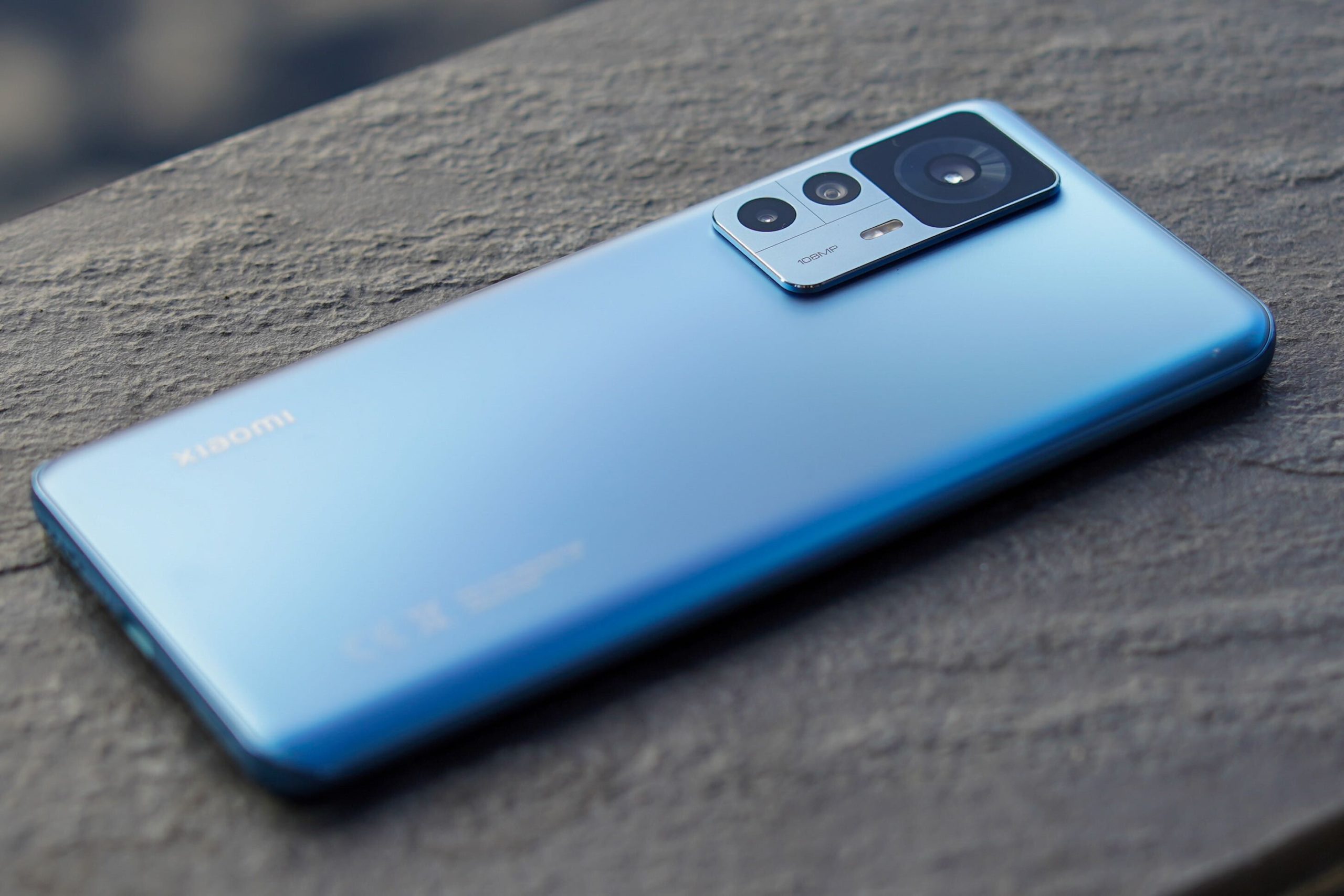
With its 5000mAh battery, we managed to clock in 11 hours and 55 minutes with PCMark’s battery benchmark test–with the display set to 120hz. That’s roughly 30 minutes lower than what we got with the Xiaomi 11T last year, but you have to factor in the higher power consumption of the Dimensity 8100 while keeping roughly the same size.
Fortunately, the Xiaomi 12T gets upgraded with 120w charging, and you more or less know the metrics: when charging at a room temperature of below 30 degrees Celsius, it takes less than 20 minutes to top up the battery from empty to 100%.
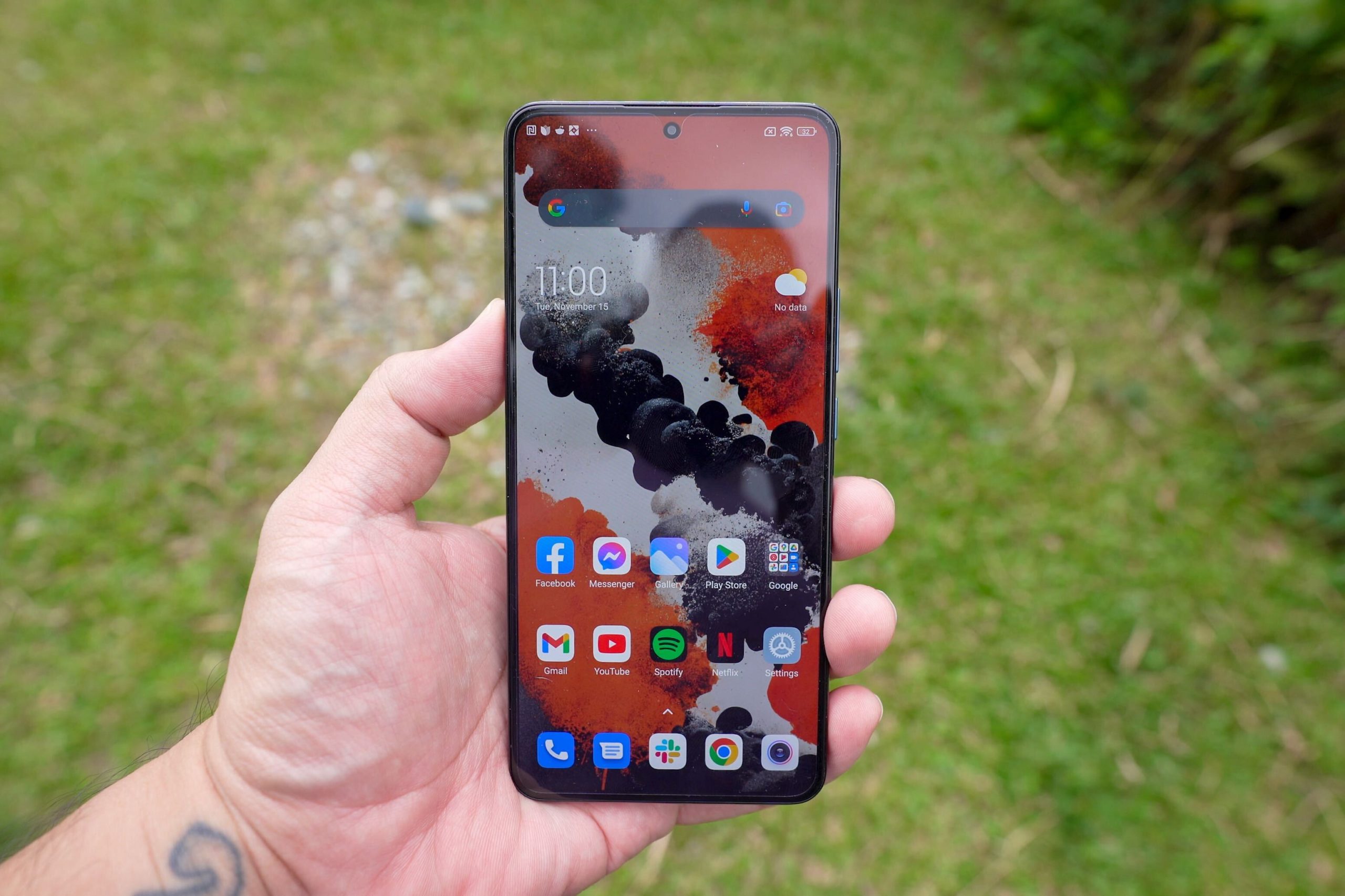
Wrap-up and Conclusions
While it is more expensive than its predecessor, the Xiaomi 12T is still worth your money–especially if your main focus is raw performance and a top-notch display. Other upgrades like OIS on the main camera and a faster charging solution make up for the price premium of the Xiaomi 12T in the Philippines.
Xiaomi 12T Review Philippines Price
The Xiaomi 12T is priced at Php 26,999 for the 8GB/256GB variant.


